Quais Vantagens um Conjunto de Bielas de 165mm Oferece a Pogacar?
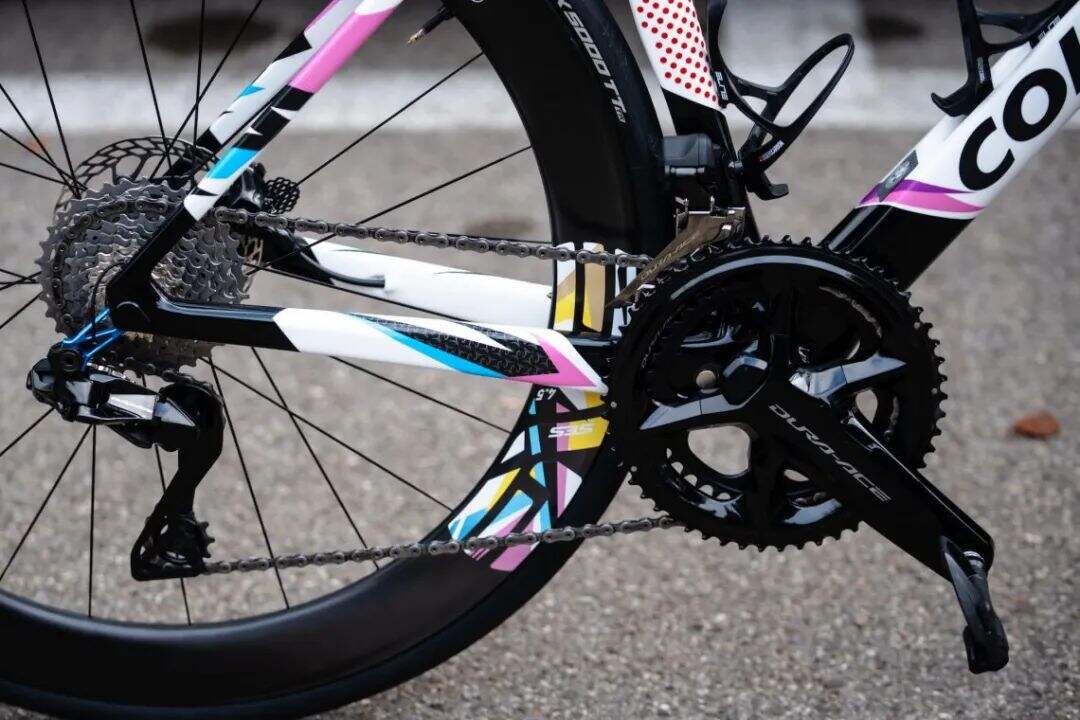
Este ano, Tadej Pogačar da UAE Team venceu o Tour de France usando 165mm braços de pedivela . Com 176cm de altura, Pogačar trocou de 170mm para 165mm de pedivelas, e com base nos resultados deste ano, sua escolha parece ter sido a certa. Pedivelas mais curtas oferecem várias vantagens em relação às mais longas, em múltiplos aspectos.
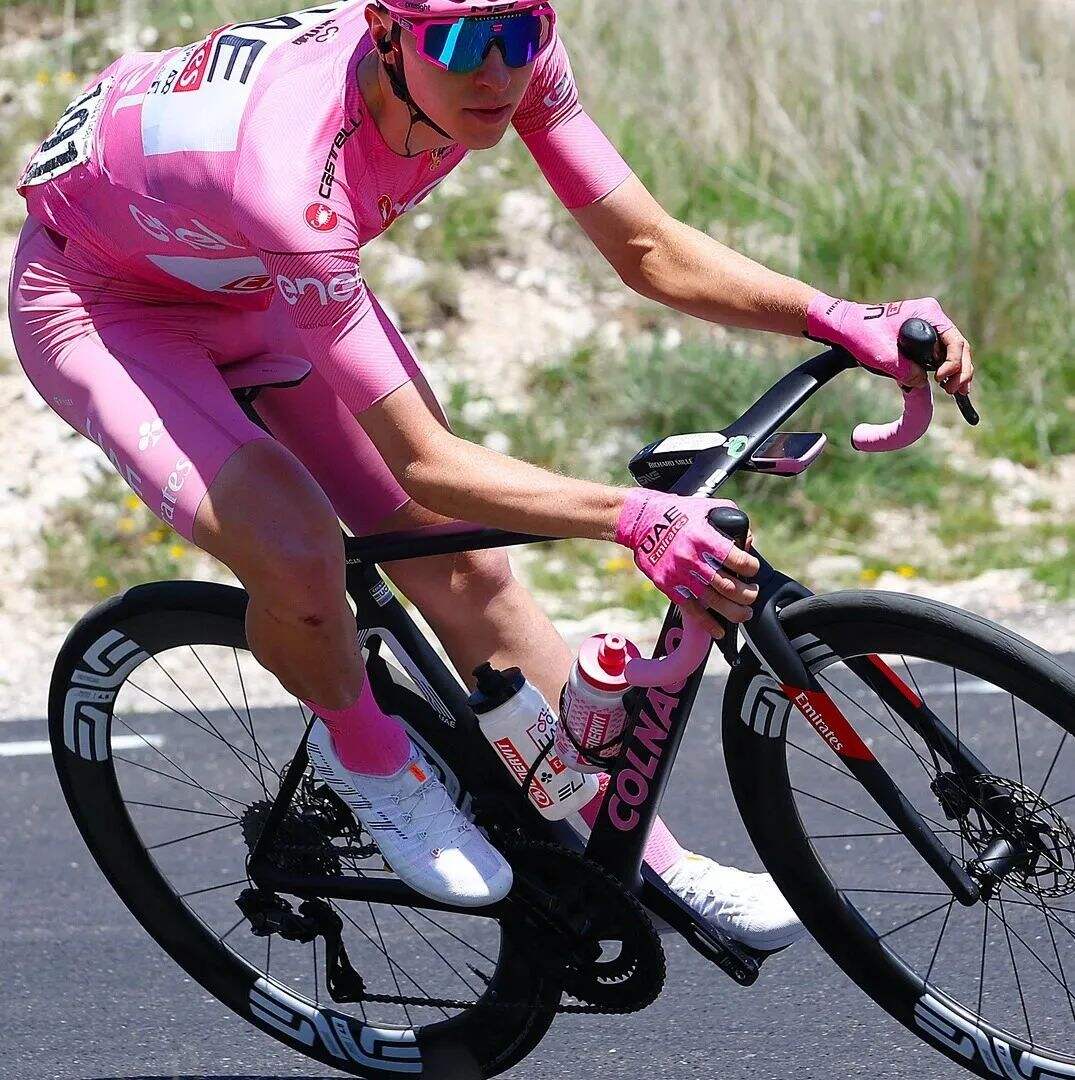
1、Cadência Aumentada:
Pedivelas mais curtas permitem uma cadência mais alta, o que significa que Pogačar pode pedalar mais vezes no mesmo período. Uma cadência mais alta ajuda ele a manter uma saída de potência estável por períodos prolongados, o que é especialmente importante em corridas de alta intensidade e longa duração, como o Tour de France.
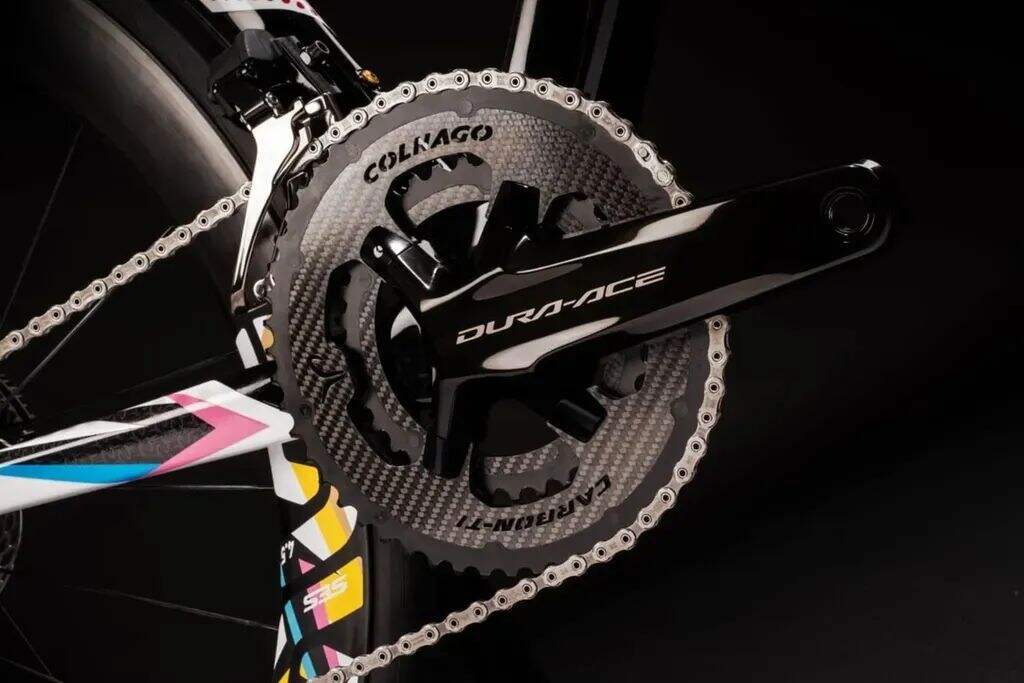
2、Redução da Pressão nos Joelhos e nas Pernas:
Com um conjunto de pedais mais curto, o joelho se dobra menos no topo do movimento de pedalada, reduzindo a tensão tanto no joelho quanto nos músculos das pernas. Isso ajuda Pogačar a diminuir a fadiga durante corridas longas e reduzir o risco de lesões.

3、Desempenho Aerodinâmico Otimizado:
Pedivéis mais curtos permitem que o ciclista mantenha uma posição de pilotagem mais agressiva, o que ajuda a reduzir a resistência aerodinâmica. Em corridas de estrada como o Tour de France, a resistência é um dos fatores principais que afetam a velocidade do ciclista. Ao otimizar seu perfil aerodinâmico, Pogačar pode melhorar sua eficiência na pilotagem.
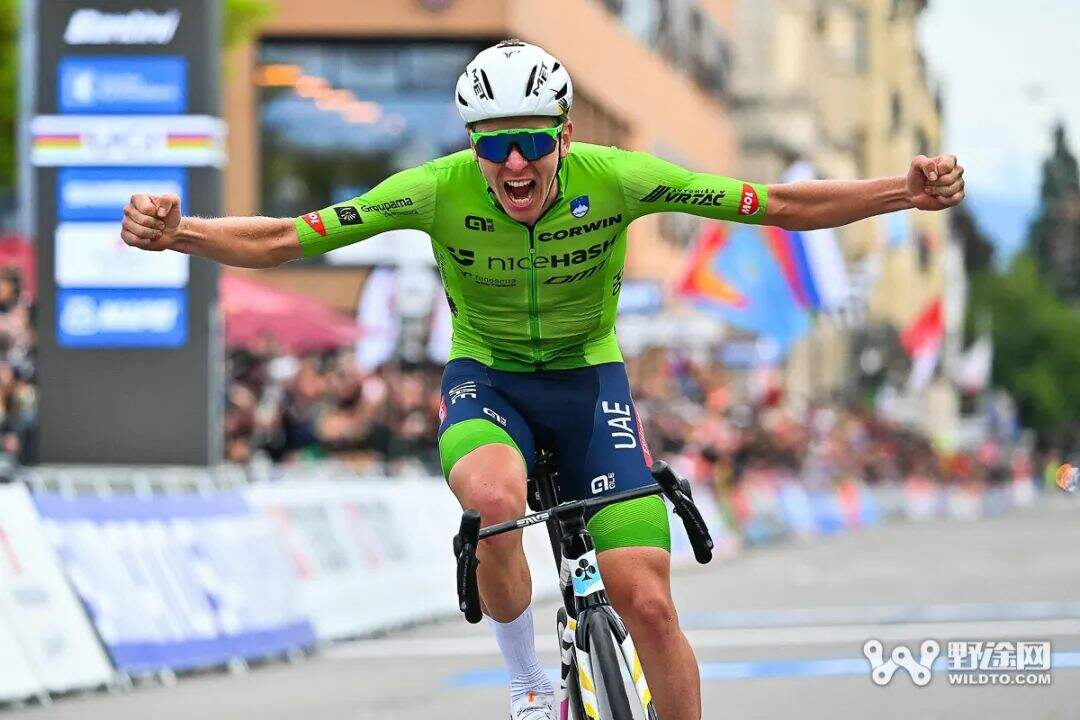
4、Adequação Pessoal e Conforto:
Pogačar utiliza serviços profissionais como BikeFitting para determinar o comprimento de pedivéis que melhor se adapta a ele. Com o tempo, à medida que seu corpo e necessidades de pilotagem mudam com o treinamento, ajustes no comprimento dos pedivéis podem ser necessários para se adaptar a essas mudanças.
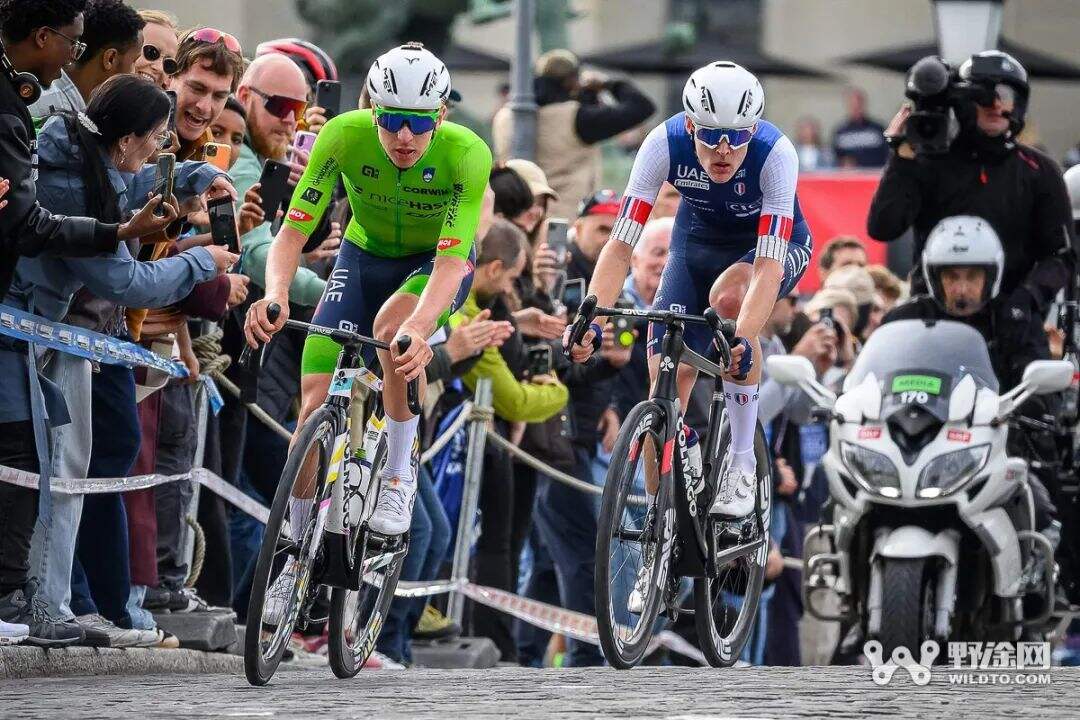
5、Melhoria nos Resultados de Corrida:
Desde que mudou para pedivelas mais curtas, Pogačar venceu numerous campeonatos, demonstrando que sua escolha foi eficaz. No Tour de France deste ano, sua excepcional resistência e velocidade foram, em certa medida, auxiliadas pelo uso de pedivelas mais curtas.
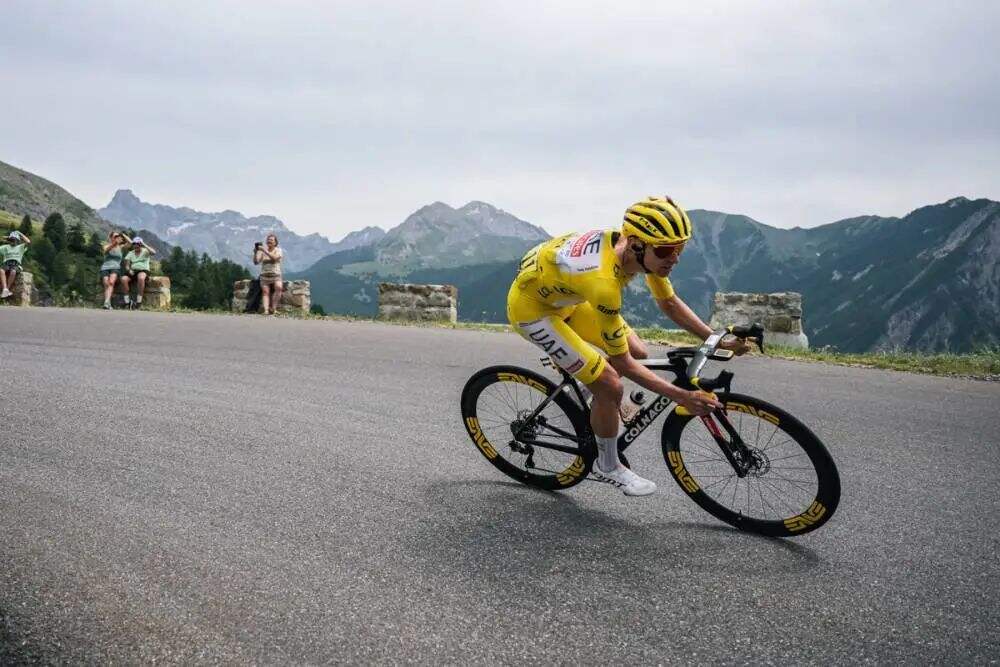
6、Maior Competitividade:
No ciclismo, mesmo a menor vantagem pode fazer a diferença entre vencer e perder. Ao ajustar o comprimento de suas pedivelas para otimizar sua posição e eficiência ao pedalar, Pogačar aumentou sua competitividade.

Pedivelas curtas oferecem vantagens significativas em termos de aumento do cadência e saída de potência, melhorando o conforto, reduzindo o risco de lesões, otimizando a posição de pilotagem e desempenho aerodinâmico, além de se adaptarem a diferentes ciclistas e configurações de bicicleta. No entanto, é importante notar que esses benefícios não são absolutos. Os ciclistas devem considerar suas necessidades individuais, hábitos de pilotagem e configuração da bicicleta ao escolher o comprimento das pedivelas.

